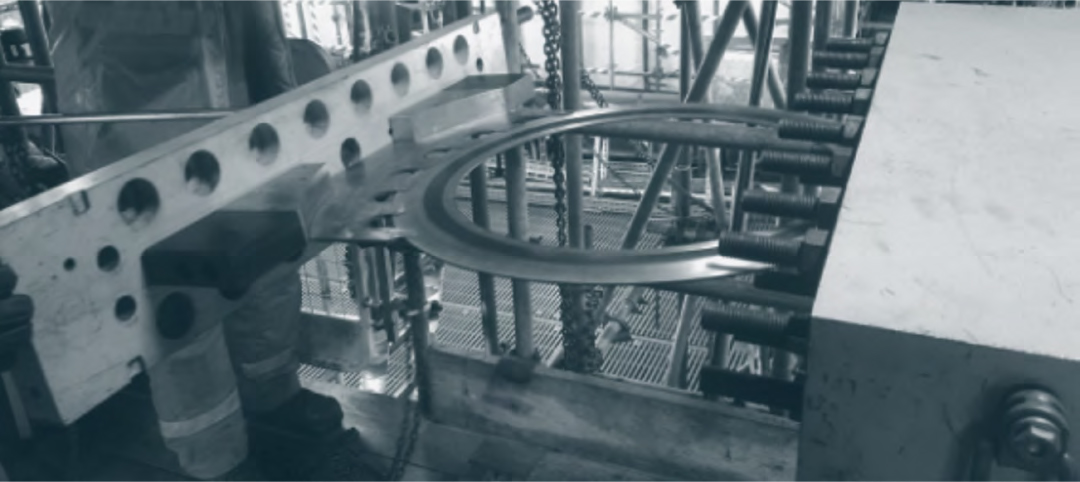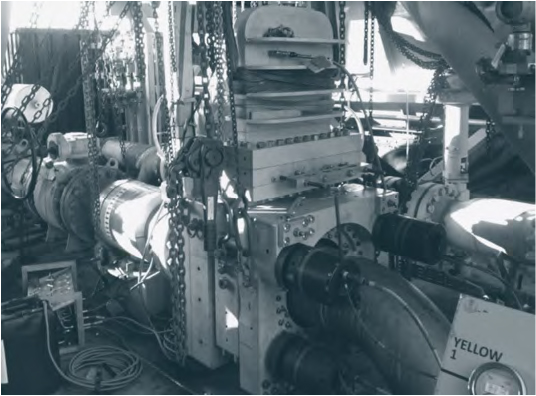

Case Study
BP Claire Ridge team successfully executed a project to replace critical valves without shut down.
Challenge
Claire ridge was facing a challenging situation whereby eight critical passing valves needed replacing in Heating Medium Pump (HMP) A and B in 14 and 18 inch nominal size, together with four 12 inch passing valves on the Gas Turbine Waste Heat Recovery Unit (WHRU). The primary approach would necessitate a platform shutdown for an estimated 21 days, in addition to draining the entire cooling medium into tanks. The BP team engaged with Izomax to gauge the viability of utilizing the AOGV mechanical isolation system to replace the valves without shutting down either process system.
Challenges included the requirement to isolate 12, 14 and 18 inch line sizes, valve accessibility due to space restrictions, as well as a relatively high medium temperatures of approximately 150 degrees C.
Technical Snapshot
After a site survey, Izomax recommended using a 12, 14 and 18 inch AOGV with design modifications as required to ensure a fit for purpose solution for each isolation.
The project was executed in three phases, allowing continuous operation while addressing valve replacements and ensuring adherence to safety and technical requirements.
The first phase involved replacing four valves on HMP A, while HMP B remained online. In the second phase, the four valves on HMP B were replaced while HMP A remained online. The scope for each HMP included the following:
- Replacement of main suction and discharge isolation valves
- Removal, inspection and cleaning of the suction strainer
- Replacement of the suction drain valve
- Replacement of the leaking porthole cover on the discharge non-return valve
Lastly, the third phase included replacement of two 12 inch valves on the WHRU inlet and two on the outlet lines.
Detailed risk assessments were performed throughout the planning process. BP teams were on-site at Izomax facility prior to mobilization, ensuring full familiarity with the assembly and disassembly of each AOGV – allowing informed and detailed discussions and preparation prior to job execution. Lifting, operational readiness and access constraints were reviewed and challenges mitigated during this essential pre-mobilization phase. At all stages of the planning, adherence to BP technical and safety requirements were reviewed.

Efficient completion of this project was critical. With 12 valves requiring replacement, and ancillary inspection and cleaning, the alternative was to shutdown the facility. The AOGV mechanical isolation systems offered a cost-effective solution whilst avoiding any interruption to the process.
A spiral wound gasket delaminated during the operation, but this was mitigated with equipment and procedures put in place during the planning phase. The delaminated gasket was successfully retrieved allowing the intervention to continue as planned. System process and full pressure and flow integrity was maintained throughout the operation, with the plant returned to its original status and condition with 12 new valves in place. The project was successfully completed safely, efficiently and on budget.